Lettuce: The 6 most important pests and diseases
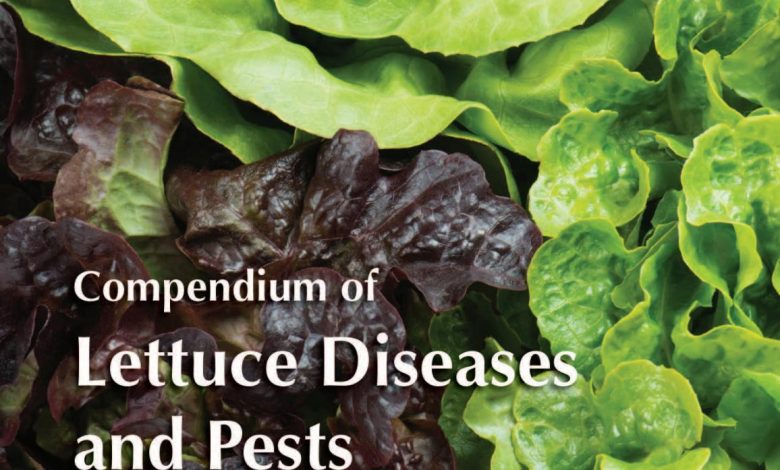
Good Agrohuerters! Right now we are in one of the best times of the year to have lettuce in our garden. That is why today we are going to talk about the usual pests and diseases in lettuce, by which they are affected.
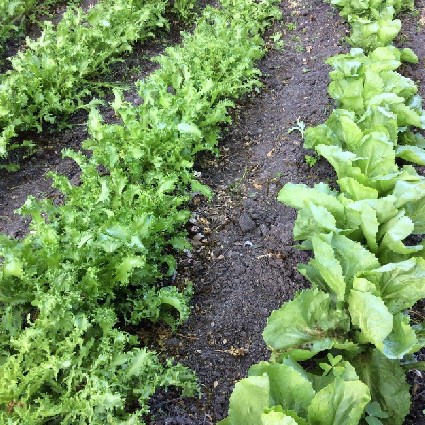
lettuce pests
We are going to see the 6 most common lettuce pests and diseases and how to get rid of them easily and, most importantly, ecologically.
1. Aphids on lettuce
They are insects that can be seen with the naked eye, the species that most attacks lettuce is the pink lettuce aphid (Nasonovia ribisnigri). The damage it produces are small holes in the leaves, and the ends may curl inwards. The plant ends up weakening and dying. As prevention, you can make an association of cultivation with tomato, onion or garlic. To treat this problem, you can use potassium soap once a day, natural repellents such as rhubarb tea, and use natural enemies such as ladybugs.

2. Caterpillars that eat lettuce
Its appearance is like that of small worms, they act at night on the leaves, eating them. So the damage is leaves with holes and loss of young leaves. To prevent caterpillars, you can intercrop with any cruciferous species, for example cabbage, cauliflower, broccoli, collard greens, turnips, etc. Make a good tillage of the land at the end of autumn to plant lettuce in spring. To treat the plague Defoliating caterpillars have natural enemies such as ladybugs or birds. Neem oil can be used, it is recommended to use it at sunset, to strengthen its effect.
3. Snails and slugs
These small animals cause small gnawings on the plant between the nerves of the leaves. You can also see excrement and remains of slime. They are present especially in areas where the land is moist. As preventive measures, traps such as eggshells can be placed in the area to prevent them from passing into the plants, it is recommended to remove the weeds where they may be hidden. If these small living beings have already invaded the crop, it is recommended to spread ferric phosphate granules on the ground, they feed on this and end up dying.
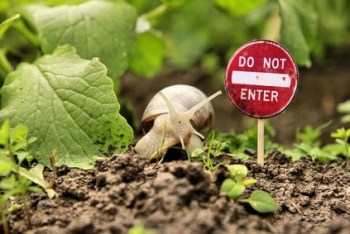
4. Root aphid
They are insects that grow on the roots of lettuce, at first glance it looks like a cottony white layer, but only on the roots. In the part of the plant that we see, it can be seen how it is decayed, it is weak, and it turns yellow; the plant may end up dying. To avoid this plague, it is best not to plant lettuce near poplars, since these insects mainly develop on their bark.
You have to water regularly avoiding excesses. If we have had an affected crop, it is best to disinfect the land where it has been. If we already have aphids on the roots, it is difficult to save the plants, but you can try a Neem treatment in the late afternoon so that it does not degrade and take effect.
lettuce diseases
5.Tipburn
It is a disease, by which brown spots appear on the edges of the leaves, especially the youngest ones, which soon turn black and look as if they had been burned.
It can be due to various causes such as irregular water supplies, high temperature, salinity and strong winds. In reality, all of the above described means that not enough calcium reaches the leaves, hence the symptoms are seen at their extremes. The plant can be consumed, the only thing that is not as attractive and loses some quality.
To prevent this from happening, they can be grown in areas protected from strong winds, with adequate and regular watering, preferably in the early morning or late afternoon. You can also protect the plants from the heat by putting them in the shade if they are in a pot or shading them if they are in the ground. It is very important not to make excessive nitrogen fertilizers.
6. Mildew on lettuce
It is a fairly common fungus, which also affects other types of plants. In the case of lettuce, it produces the greatest damage when the plant is young or during the formation of the bud. Mildew can appear due to excessive humidity in the environment.
The leaves, when the plant is affected, begin to turn brown and then rot. To prevent it, crop rotations can be carried out, avoiding excess nitrogenous fertilizer, favoring the ventilation of the plant, avoiding irrigation on very humid days. The most effective treatment is to use a fungicide twice a day that can be based on milk.

References
- Romanazzi, C., Feliziani, E. (2014).Chapter 4 – Botrytis cinerea (Gray Mold). Editor(s): Silvia Bautista-Baños, Postharvest Decay, Academic Press,131-146.
- Simon, JC, & Peccoud, J. (2018).Rapid evolution of aphid pests in agricultural environments. Current Opinion in Insect Science, 26, 17–24.
- Foottit, RG, & Maw, HELBT-RM in LS (2017).Insects-Aphids. Elsevier.
As on previous occasions we have commented, lettuce is an easy vegetable to grow, and if you follow these tips to prevent it, or the treatments, it does not have to spoil the harvest.
Until next time Agrohuerters!

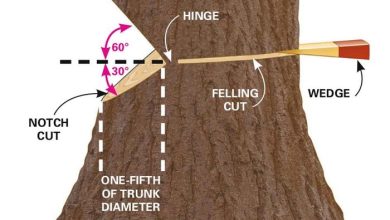
![Photo of How to Plant Sweet Potatoes Step by Step [Images + Complete Guide]](https://www.complete-gardening.com/wp-content/uploads/2022/08/how-to-plant-sweet-potatoes-step-by-step-images-complete-guide-390x220.jpg)
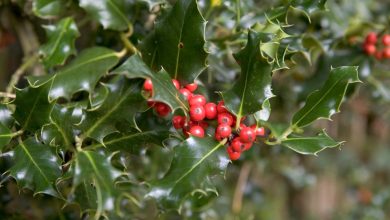
![Photo of The Croton: [Planting, Care, Substrate, Irrigation] – Complete Guide](https://www.complete-gardening.com/wp-content/uploads/2022/08/the-croton-planting-care-substrate-irrigation-complete-guide-390x220.jpg)